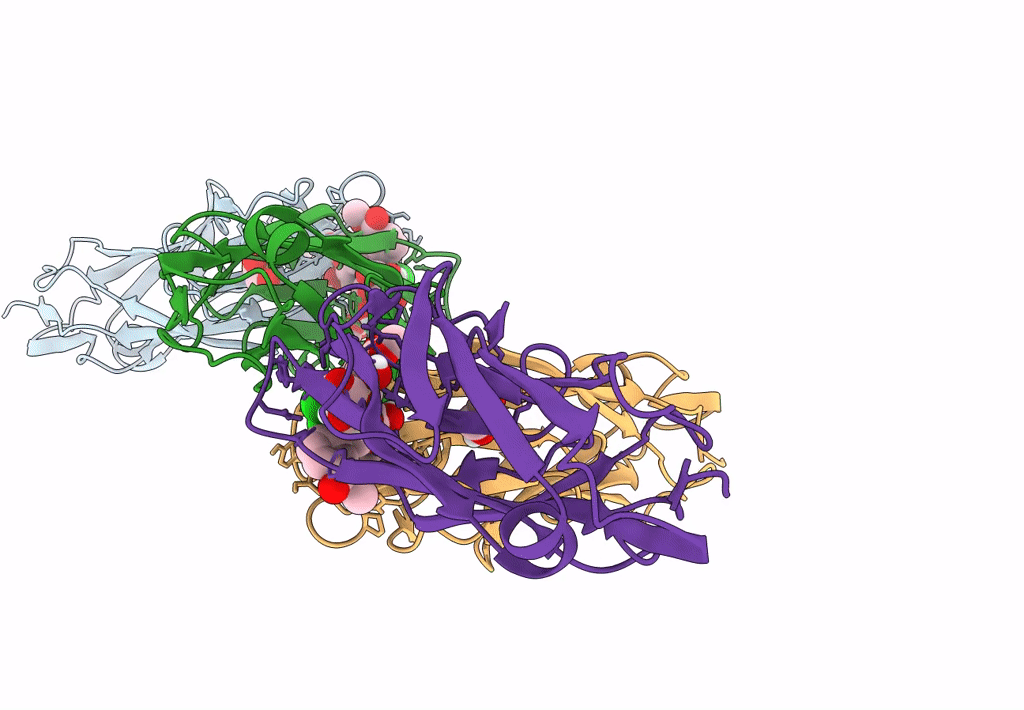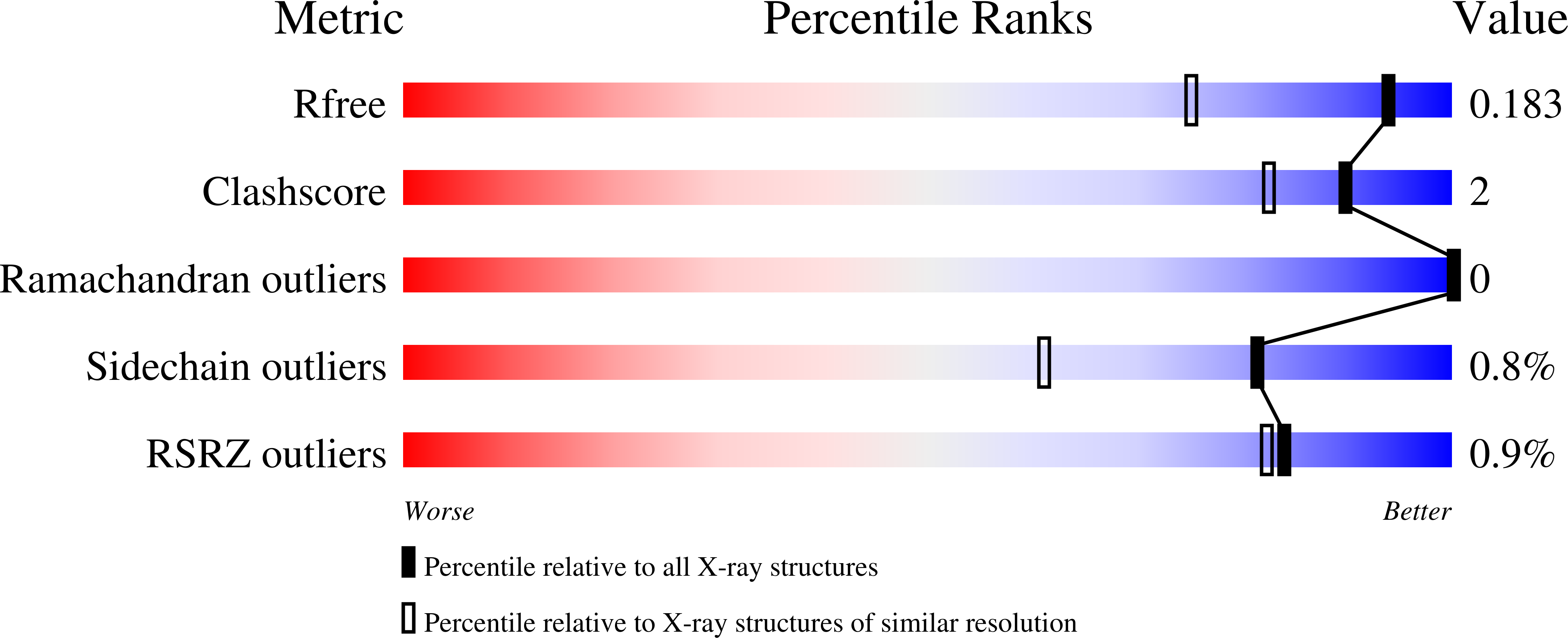
Deposition Date
2020-11-12
Release Date
2020-12-23
Last Version Date
2024-11-13
Entry Detail
PDB ID:
7AYN
Keywords:
Title:
Crystal structure of the lectin domain of the FimH variant Arg98Ala, in complex with Methyl 3-chloro-4-D-mannopyranosyloxy-3-biphenylcarboxylate
Biological Source:
Source Organism:
Escherichia coli K12 (Taxon ID: 83333)
Host Organism:
Method Details:
Experimental Method:
Resolution:
1.42 Å
R-Value Free:
0.18
R-Value Work:
0.15
R-Value Observed:
0.15
Space Group:
P 1 21 1


